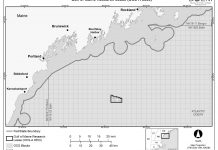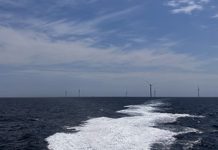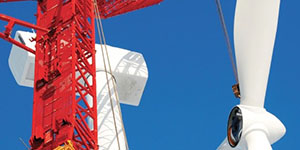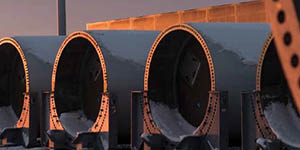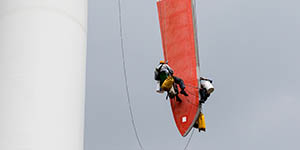CLEANPOWER 2024 will open in Minneapolis, Minnesota, May 6-8. To help our readers get ready for the event, Wind Systems recently talked with ACP’s Rosanna Maietta on what attendees can expect when they get there.
This year’s CLEANPOWER show will be in Minneapolis, Minnesota. What about this venue made it ideal for the 2024 show?
Hosting our conference in Minneapolis is a great opportunity to demonstrate the value of clean power in the Heartland. We have an exciting line up showcasing the latest innovations and trends across all technologies. The clean-energy industry is booming, riding a wave of tremendous growth thanks to an influx of investments. We’re excited to bring Minnesota business leaders and clean-energy buyers to the stage to discuss the critical role clean energy is playing in their companies.
How will this year’s show differ from what attendees experienced in New Orleans last year?
The core mission of CLEANPOWER, uniting leaders from across the utility-scale wind, solar, and energy storage sectors for targeted networking, dealmaking, and top-level industry insight-remains consistent — but, this year in Minneapolis, we’re taking everything to the next level. Expect an opening reception like no other in the U.S. Bank Stadium (home of the Minnesota Vikings), a powerful Women’s Leadership Forum, and of course, more attendees and exhibitors than ever before. We’re excited to provide a home for the next generation of clean-power leaders by welcoming the Collegiate Wind Competition and KidWind Challenge project to the event.
If I were a first-time exhibitor, what should I expect from this year’s show?
The show floor is almost completely sold out for this year’s event, so my biggest piece of advice for anyone considering exhibiting would be to reach out to our team as soon as possible. ACP’s exhibition team works hard to ensure exhibitors receive a maximum return on investment from their booth at CLEANPOWER. This is the place to be if you’re trying to get in front of the movers and shakers in the clean-energy industry. You can’t miss it.
What issues should I expect presenters to address?
Our theme this year is “Powering America’s Future.” Our program aims to provide attendees with the information they need to make critical business decisions – from nascent industries like green hydrogen to timely issues like improving the permitting process and tackling supply-chain challenges. With five different stages hosting concurrent sessions throughout CLEANPOWER, we’ll cover everything from top-level insights including market projections to the nitty-gritty of FERC’s 2023 interconnection order.
What kind of networking opportunities will be available for attendees?
We’re excited to debut a brand-new event app at this year’s CLEANPOWER, which will allow attendees to better focus on the areas and reach the people that matter to them and their business. The app will launch in April, allowing registered attendees ample time to make use of the networking feature to set up meetings and make the most of their time in Minneapolis.
We’re also continuing daily networking breakfasts outside the exhibit hall, conference happy hours, and bonus networking activities like the RNWBL golf tournament, the Power Up 5K Fun Run and 2.5K Walk, and topical networking meetups.
Attendees can register for the brand-new women’s forum, EMPOWHER, co-located with CLEANPOWER this year, for access to targeted women’s+ networking.
More info cleanpower.org/expo










